Understanding Washout
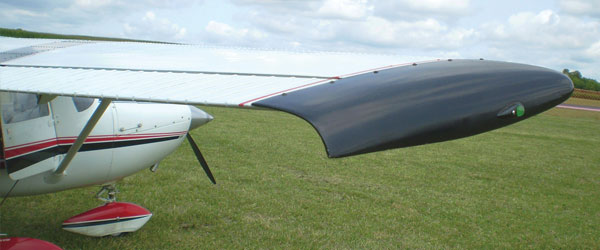
Written by David Andersen Understanding the twist in your wing Technical As seen in the March 2012 issue of Model Aviation.
Washout is a design characteristic built into the wing, where the angle of attack is reduced span-wise from root to tip, typically 1° to 2°. The reduction creates a situation where the root of the wing stalls before the tip, softening the stall and allowing the ailerons to be functional deep in the stall.
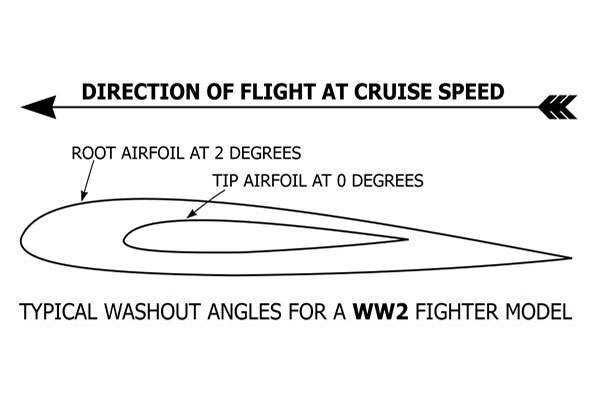
Washout is a twist in a wing that causes the wingtip to meet the airfl ow at a lower angle than the root in normal upright fl ight. Some airplanes don’t need it; some airplanes can’t fly without it.
Why It Happens
Washout causes the root of the wing to stall before the wingtips stall. The subsequent loss of lift in the root area gently lowers the nose or prevents it from rising farther, keeping the entire wing from suddenly stalling and provoking an unwanted snap roll. Stalls do not always occur at low airspeeds. Pylon racers, for example, can stall in high G turns, sometimes with disastrous results. At high angles of attack, ailerons become less effective because they are both lifting; the difference in lift becomes less with increasing the angle of attack. Washout causes the ailerons to meet the air at a lower angle. This improves aileron effectiveness at all attitudes, especially at low airspeeds. In a banked turn, the down-aileron increases lift and drag, while the upaileron reduces lift and drag. The difference in wingtip drag tends to yaw the airplane in the opposite direction of the turn. This is known as adverse yaw.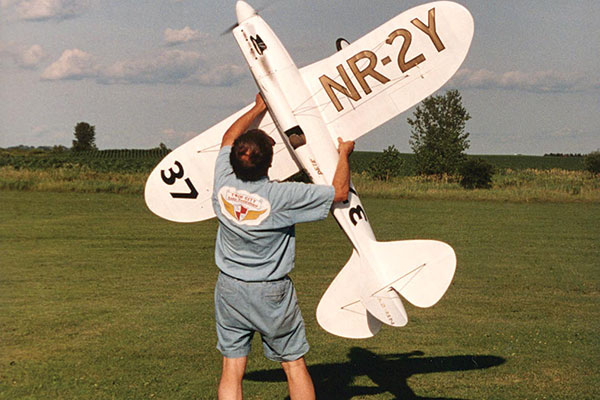
The author’s Howard Pete has washout in only the last rib bay—enough for a nearly constant chord wing
Washout tends to reduce the effects of adverse yaw, but only in the portions of the ailerons that are close to the zero angle of attack. Some airplanes are trimmed so there is less down-aileron travel than up travel (aileron differential). But aileron differential is a partial cure. Other designs include engine offset—a remedy that causes problems elsewhere. The best solution is for the pilot to counteract adverse yaw with rudder, even when fl ying inverted. The result is a coordinated turn. At high angles of attack, such as in a climbing turn, there is the danger that the down aileron, (left aileron in a right bank) can provoke a stall in that wingtip. Such a stall creates plenty of drag in the wingtip, pulling it back and yawing the airplane in the opposite direction of the turn. If the airplane has significant dihedral, a roll in the opposite direction also develops. This phenomenon is called aileron reversal or aileron snatch.
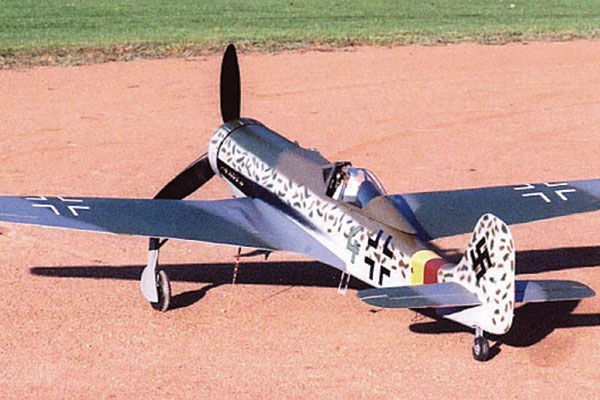
The glider-like wing of the author’s 114-inch span Focke-Wulf Ta 152H requires washout for stability. The aircraft would be uncontrollable without it.
Unfortunately, a pilot’s instinct to apply additional aileron deflection makes matters worse. The remedy is to correct with rudder, not more aileron. Beware of this when flying your warbird in an inverted climbing turn or victory roll. Wingtip vortex is the tendency of the high-pressure air under the wing to curl around the wingtip and cancel the low pressure air above the wing. This further reduces aileron effectiveness. It also increases wingtip drag and must be controlled by the vertical stabilizer. Washout reduces wingtip vortex and its associated drag. Although wing efficiency is generally unimportant in model aircraft, the reduction of wingtip drag via washout improves lateral (yaw) stability. This is especially important at low speeds and high angles of attack. Washout, therefore, improves lateral stability and rudder effectiveness. Wingtip vortices cannot be eliminated, so ailerons are not effective at the tip of the wing. For this reason, in addition to the aileron reversal problem, ailerons rarely go all the way to the wingtip. In highly swept wings, the washed out wingtips act as horizontal stabilizers, increasing pitch stability. When carried far enough, it is possible to eliminate the tail. Some flying wings, such as the Northrup N-9M, are based on this principle.
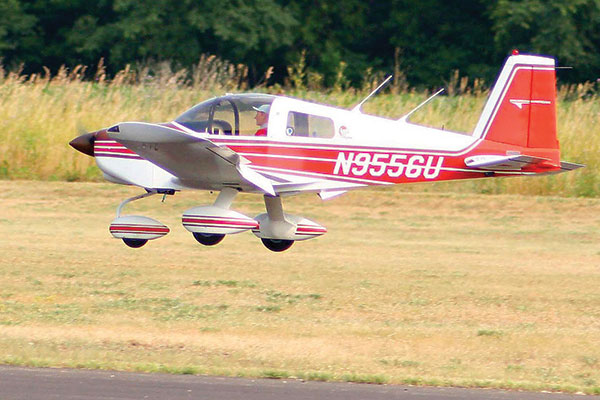
The author’s 1/3-scale Grumman Lynx has a constant chord wing with no washout. It instead uses Hoerner wingtips and stall strips, which are effective.
Why Not?
Too much of a good thing can cause problems. All the good that washout does in upright flight can be detrimental in inverted flight—such as loss of aileron effectiveness, nonuniform roll rate, adverse yaw, surprise snap rolls, and aileron reversal. For these reasons, washout is rarely used in full-scale aerobatic aircraft. For these aircraft, it is important for the airplanes to behave in inverted flight as closely to upright flight as possible. In addition, aerobatic aircraft need to be predictably snap-rolled. Constant-chord wings, such as those found on the J-3 Cub or STOL (short takeoff and landing) aircraft, benefit least from washout. They are built to maximize wing area and need all the lift they can get. Instead of washout, they may use stall strips to soften the stall, and shaped wingtips to reduce wingtip vortices in lieu of washout. Typically, biplanes have their wing incidences adjusted so that the forward wing (typically the top wing in a Stearman or the bottom wing in a Beech Staggerwing) will stall before the rear wing. The ailerons are usually in the rear wing so good aileron control is maintained even if the other wing is stalled. This is one of the advantages of biplanes over monoplanes; usually this configuration does not merit washout. LE slats can also prevent tip stalls, but slats are usually combined with washout for an extra margin of low-speed control. Flaps increase the angle of attack of the wing in the flap area by rotating the chord line. Flaps also increase washout.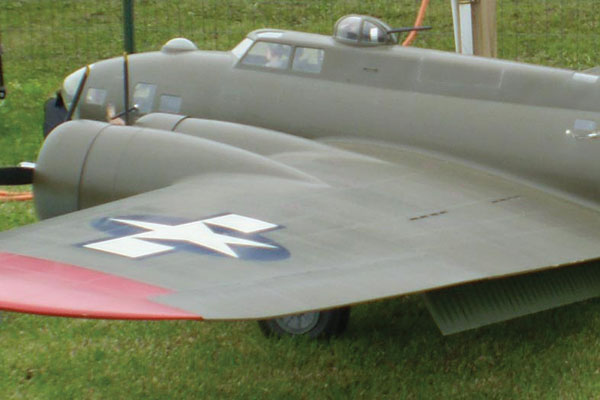
In case of engine failure, washout provides good yaw control in Greg Hahn’s B-17.
This improves pitch stability and aileron control at low airspeeds. Models without ailerons steer with rudder and use the dihedral of the wings for banking. As the rudder yaws one wingtip forward, the angle of attack is increased, while the other wingtip decreases its angle of attack. Washout would partially defeat this effect, so it is seldom used in aircraft of this type, except in Scale models with pointy wings. Washout should be avoided in lightweight wings that are not stiff enough to resist further twisting in flight. Imagine such a wing in a dive. The root is creating positive lift while the wingtip is generating negative lift because of washout. This twisting force tends to further increase washout if the wing is not stiff enough to resist it. As speed increases, drag increases, but net lift becomes zero and vertical dive equilibrium develops. If there is enough elevator to pull the nose up, the washout will suddenly reverse and the entire wing will be lifted, possibly breaking it. If there is not enough airflow over the elevator to pull out, the airplane will plummet to the ground. Many RC gliders have crashed because of this principle.
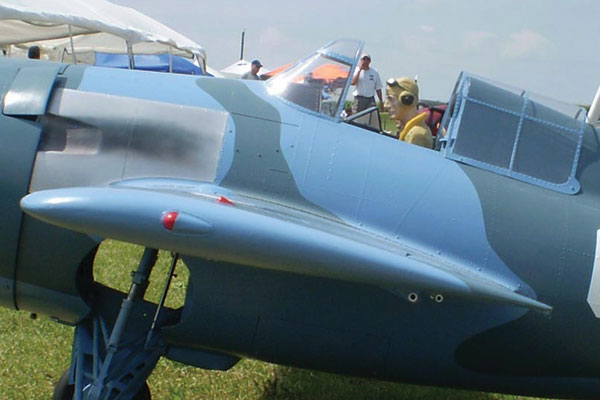
There’s no washout and no incidence in Dave Deschenes’ Wildcat—typical of constant-chord dive bombers.
How Much?
The optimum amount of washout varies from zero to several degrees, depending on the following factors: • High aspect ratio (span/chord) wings need more washout because their thin wingtips tend to stall. • Tapered wings need more washout in proportion to the amount of taper. • High wing loading requires more washout because it is prone to tip stalls. • Underpowered aircraft need more because they must fly at higher angles of attack.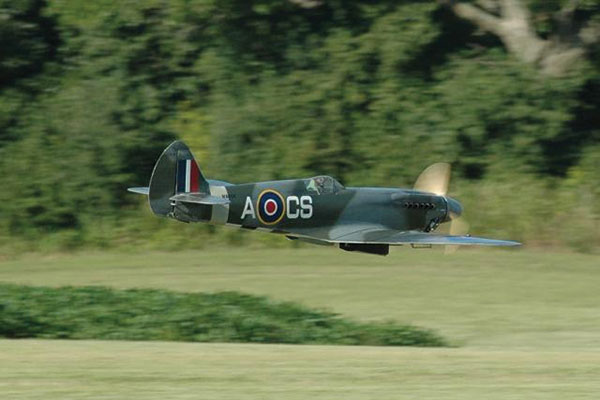
Despite its thin, pointed wingtips, Dave Szabo’s Spitfire has excellent handling in part because of 2.5° of washout—roughly the same as the full-scale Spitfire. A low pass before a chandelle is shown here.
• Thin wings need more washout because they abruptly stall at low angles of attack. • Multiengine airplanes need plenty of washout for rudder effectiveness in case of engine failure. • Biplanes need less (see the previous “Why Not?” section). • Aerobatic airplanes need none to be symmetric in flight. • Washout becomes less effective as dihedral increases. For Scale models, use the amount of washout used in the full-scale aircraft. In general, RC warbirds use roughly 1° or 2°of washout, adjusted up or down by the aforementioned factors. An RC airplane rarely needs more than 4° of washout.
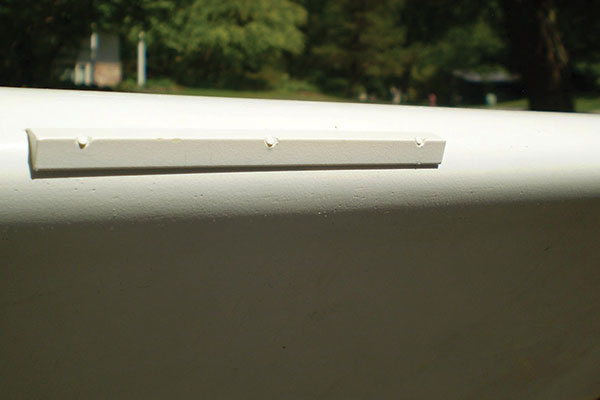
A 90° sharp-edge stall strip is added to the LE of the Grumman Lynx to lower the stall angle in the root area of the wing. This alternative to washout also works when inverted.
Where?
In most cases, the angle of wingtip attack should be close to zero in level flight, generating little or no lift in level cruise position, so the washout angle equals the root angle. Washout typically is distributed uniformly from root to tip, but not always. Consider the following exceptions: • The three-piece wings of the Mitsubishi Ki-15 Babs, North American AT-6, and the Junkers Ju 87 Stuka have no twist in their center sections, but begin outboard of the landing gear. • The Focke-Wulf Ta 152H high-altitude fighter’s high aspect ratio wing has 2° of washout, all of it in the aileron area.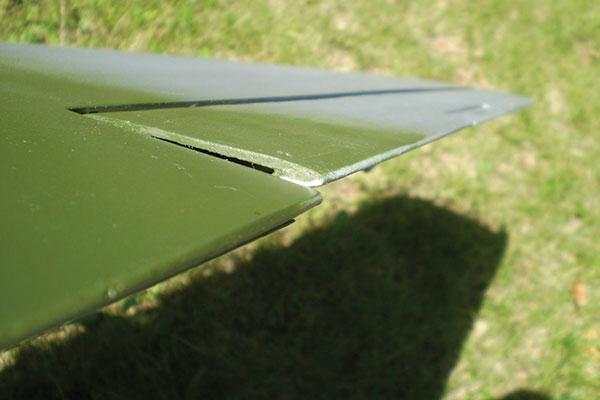
Washout can be added after construction by slightly raising both ailerons. This is recommended for the maiden flights of a new model.
• For some models, such as the nearly constant chord Howard Pete, little washout, if any, is needed. But a small amount is included in the wingtips by shaping the LE of the outermost rib bay. There are several methods of adding washout during assembly, such as temporary tabs on each rib to hold it at the required angle, shims of varying heights supporting the spars, tapered, full-span sticks upon which the ribs rest during assembly, and setting twist after assembly.
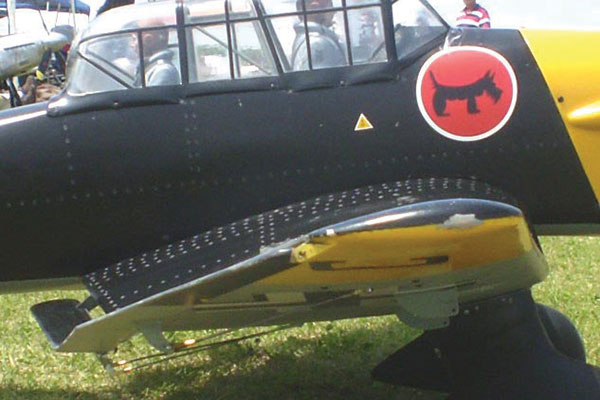
Leo Spychalla’s Ziroli Stuka has a gentle stall despite its pointed wings. The wings have 4° of washout, starting outboard of the landing gear.
Sometimes the ribs and spars can be assembled on a flat surface without washout. The TE of the end ribs are then raised, twisting before the sheeting is applied. Open-structure wings can sometimes be completely built and covered with heat-shrink plastic film. The wing is then twisted while heat is reapplied with a hot-air gun. What if you forgot to build in enough washout, or flight tests suggest it needs more? You might want to play it safe and temporarily include extra washout during those first few flights.
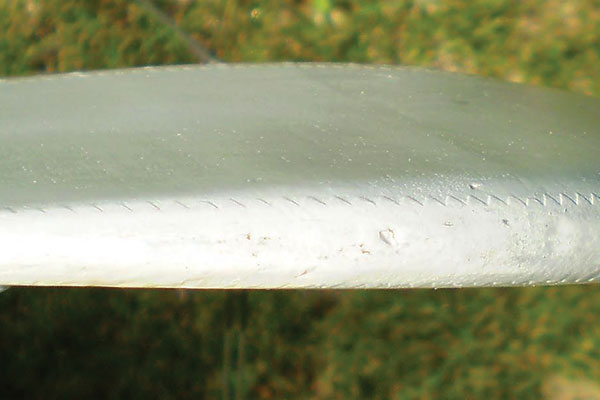
Washout in the Howard Pete’s wingtip is formed by shaping the LE in the outer rib bay.
Unless the airplane has full-span ailerons, washout can be increased 1° by slightly raising the TE of both ailerons. For a typical Giant Scale model, this is less than 3/16 inch. Later, if stalls and tight turns are acceptable, lower the ailerons in small increments until they are back to neutral.










13 comments
Washout for yaw control???
Washout for yaw control
Multi-Engine
picture caption
Washout
Ta-152
Washout in a trainer
Trainer washout
Washout
gliders
Washout
Ziroli Zero
Very interesting informations!
Add new comment